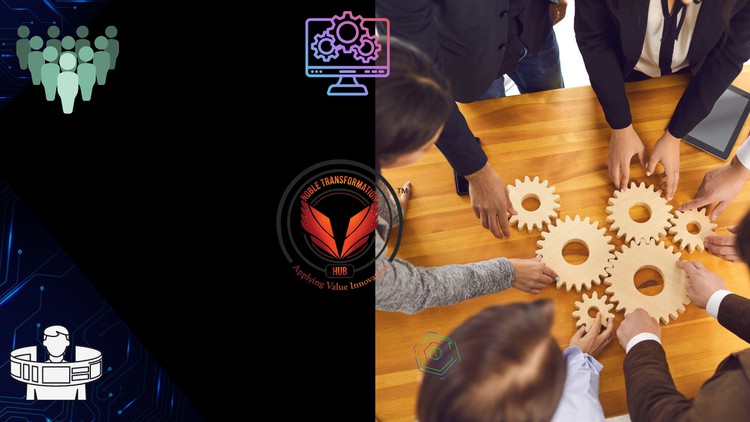
With Real Time Case Study and Case Method
What you will learn
Students can learn about how certain special needs are being solved using understanding systems
One can learn about how a medium level community level system problems would be addressed by understanding the stakeholders intervention
One can learn about prototyping and final solution implementation of architectural models for special needs which is a smaller complex system problem
How one can learn about understanding systems and how it’s been applied to a society for bigger complex design problems like child adoption.
Primary and secondary research knowledge skills on how to extract data and how to work with secondary research
Studied in depth case studies and technical concepts of behavioural analysis
How one can learn about consumer behaviour and behavioural economics studies and implement it into a system level problem of child adoption process to solve.
The biggest learning would be the mindset that we need to have when working on a systems level project, particularly without much resources
Description
About the Master Class:
This project talks about the system level understanding of product design aspects and how understanding a holistic perspective of our system and implementing suitable solutions for it. Also one can understand how to solve system problems at the individual level, community level and systematic level for a bigger country and across the global level. How to address the special needs using a systematic problem and how to address intangible problems like community engagement for a very small city to work with a complex system idea. Taking out case studies like behaviour analysis and then applying it to solving a problem like the child adoption process. Also this system talks about mapping the existing system of child adoption process in heavy content to text in the form of mapping and then we found suitable opportunities and solutions for working around it. The research is the main part and data collection and mapping is the main part of this project one can learn.
Design philosophy:
As I used to say in my design courses, that design cannot be learned in the rot learning or Text book way of learning that you do through a chapter wise and remember some formulas that will yield you some solutions. Design is unique and when different people approach the same problems we will get different solutions based on the inputs that designer works on.
So design can be approached in the way of learning through the case studies and by doing action on your own to learn yourself.
Learning by doing and learning by action.
Benefits of the Master Class:
- Students can learn about how certain special needs are being solved using understanding systems for shorter people like ranging from 50 to hundred, how to understand their needs and solve the systematic problems with keeping special needs in mind.
- One can learn about how a medium level community level system problems would be addressed by understanding the stakeholders intervention and what is the users requirement with respect to that context of Germany, people are really suffering from insecurity problem and less engagement of social gatherings is a bigger concern how do you address that systemic problem using the tools and methods you have.
- One can learn about prototyping and final solution implementation of architectural models for special needs which is a smaller complex system problem and how urban gardening helps in engaging socially with the people for a medium community level problem and how a giga mapping helps for a big system level problem like child adoption.
- How one can learn about understanding systems and how it’s been applied to a society for bigger complex design problems like child adoption.
- Primary and secondary research knowledge skills on how to extract data and how to work with secondary research particularly in the context of a pandemic where data collection becomes difficult.
- Studied in depth case studies and technical concepts of behavioural analysis and then studied about how behaviour economics in detail and how it can be used to solve a very complex problem like child adoption
- How one can learn about consumer behaviour and behavioural economics studies and implement it into a system level problem of child adoption process to solve.
- Learning depth concepts of behavioural economics like behavioural triggers, barriers, primers, cue, trigger action and how that is making us buy certain products or services which is called behavioural economics.
- Using behavioural economics how to solve problems related to child adoption process let’s say by removing the social stigma attached to the child adoption process how behavioural economics could be used.
- How one needs to Map about the whole system design process when it comes to understanding existing problems in our system. Let’s take the child adoption process, which maps the whole government regulatory system to how this is being carried out at state-level and national level and laid out problems and opportunities to solve.
- Bigger giga maps to show what is the information we have gathered, what are the problems there and what are the solution proposals what we made finally, Final solutions are in the form of cards you are applying as well as final giga maps for complete understanding.
- The biggest learning would be the mindset that we need to have when working on a systems level project, particularly without much resources and stuck in pandemic times but still we have evolved the best information to get the best possible outcome.
Content